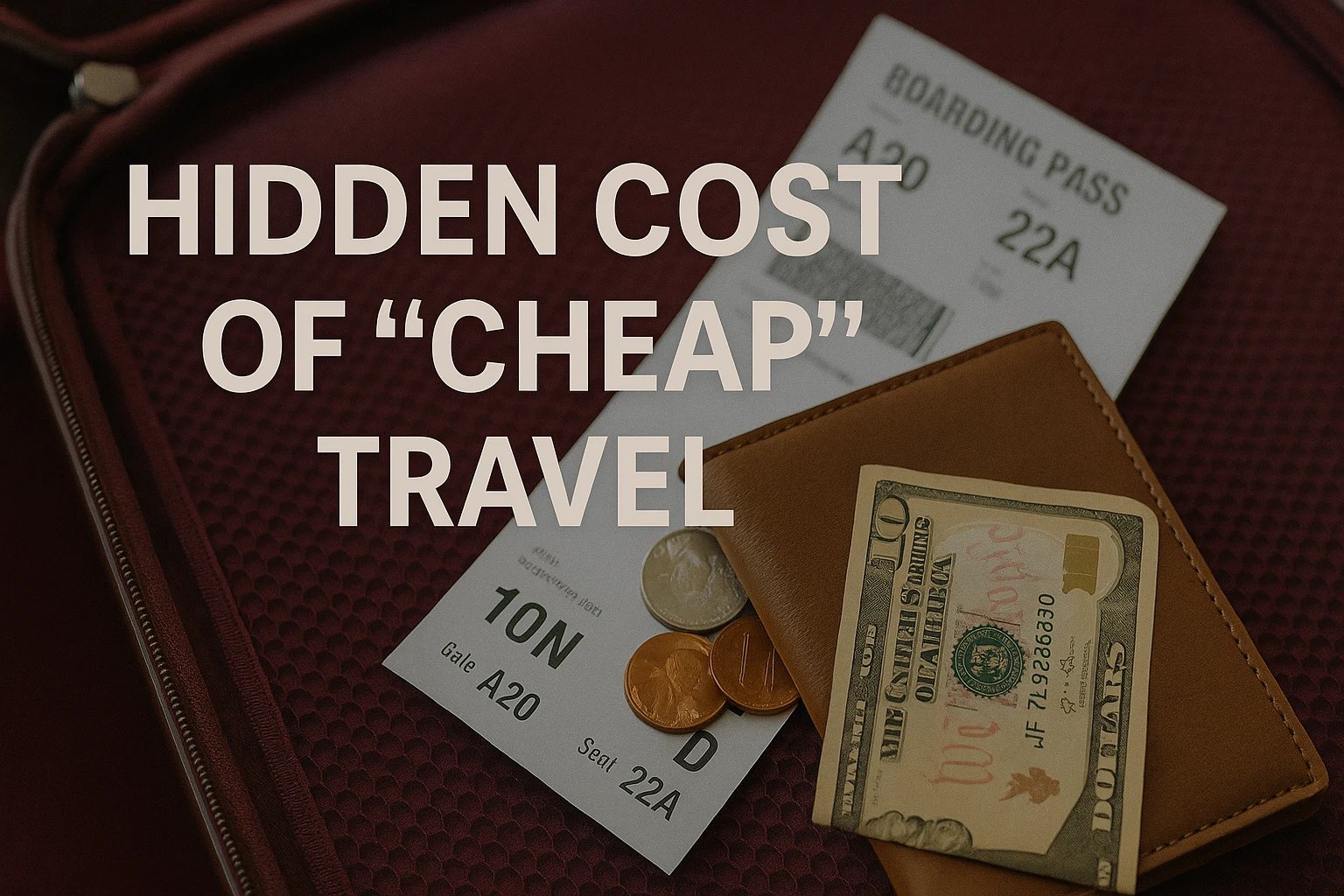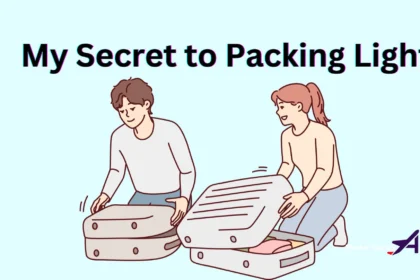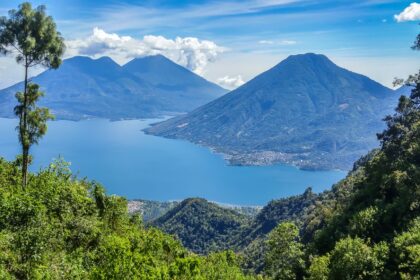
When I decided to spend three months backpacking through Southeast Asia on a shoestring budget, I had it all figured out. I’d read every budget travel blog, downloaded every money-saving app, and calculated that I could survive on $20 per day. I was going to prove that amazing travel experiences didn’t require deep pockets – just clever planning and a willingness to rough it.
Three months later, I returned home having spent nearly double my original budget, with a collection of expensive mistakes that taught me the hard truth about “cheap” travel: sometimes the cheapest option upfront becomes the most expensive choice overall. The irony wasn’t lost on me that my friends who had taken shorter, more expensive trips had actually spent less money and had better experiences than my “budget” adventure.
This isn’t an argument against budget travel – some of my best travel memories happened when I was spending almost nothing. But it is a reality check about the hidden costs, false economies, and budget traps that can turn your money-saving adventure into a financial disaster. Here’s what I wish someone had told me before I learned these lessons the expensive way.
The Accommodation Addiction: When “Just One More Night” Never Ends
The Plan: I would stay exclusively in dormitory hostels, the cheapest beds I could find, and move every few days to see as much as possible. At $5-8 per night, I calculated accommodation would be one of my smallest expenses.
The Reality: What I didn’t factor in was the psychological and physical toll of constantly terrible sleep. Snoring roommates, early morning departures, late-night arrivals, broken air conditioning, and paper-thin walls meant I was chronically exhausted and increasingly irritable.
The Expensive Solution: After two weeks of barely sleeping, I started upgrading to private rooms “just for one night” to catch up on rest. Then I’d extend for another night because I was finally comfortable. What began as occasional splurges became my regular accommodation choice, quintupling my nightly costs.
The Hidden Costs:
- Private room upgrades: $150+ per week instead of $35
- Health impacts from poor sleep affecting decision-making
- Missed experiences because I was too tired to participate
- Impulse spending when exhausted and not thinking clearly
The Lesson: Factor in the real cost of discomfort. Sometimes paying slightly more upfront for better conditions saves money overall by preventing expensive reactive decisions later.
The Smart Approach: Research hostels carefully, read recent reviews about noise levels and cleanliness, and budget for occasional private room nights as planned expenses rather than emergency splurges.
READ ALSO: Mexico Backpacking Guide: Your Guide to Backpacking Mexico, Tips, Places to Visit, and More
The Transport Trap: When the Cheapest Route Costs the Most
The Plan: I would always choose the cheapest transportation option, no matter how long it took. Overnight buses instead of flights, third-class trains instead of first-class, and local buses instead of tourist shuttles. Time was free, money wasn’t.
The Bangkok to Siem Reap Disaster: The cheapest route between these cities involved a combination of local buses, border crossings on foot, more local buses, and a final tuk-tuk ride. The total cost was about $8 compared to $35 for a direct tourist bus.
The Reality Check: What should have been a 6-hour journey took 14 hours, including a 4-hour delay at the border where I had to pay various “fees” that weren’t mentioned in any guidebook. I arrived exhausted, dehydrated, and had spent more on food, water, and unexpected fees than the tourist bus would have cost.
The Ripple Effects:
- Lost a full day of activities I’d already paid for in Siem Reap
- Arrived too late to find budget accommodation, ended up in an expensive hotel
- Too tired the next day to fully enjoy Angkor Wat
- Had to extend my stay (and budget) to see what I’d originally planned
The Mathematical Reality: The “cheap” transport option cost me $8 in fares plus $25 in unexpected expenses, $40 for the unplanned hotel night, and $30 in lost prepaid activities. Total: $103 for what should have been a $35 journey.
The Lesson: Calculate the total cost of cheap options, including time, energy, stress, and potential complications. Sometimes the mid-range option is actually the most economical choice.
The Equipment Gamble: When Saving Money on Gear Costs Everything
The Plan: I would buy the cheapest possible gear and replace it as needed during the trip. A $15 backpack from a local market instead of a $150 travel pack, $5 flip-flops instead of $50 hiking sandals, and a $10 phone charger instead of a $30 universal adapter.
The Backpack Breakdown: My cheap backpack lasted exactly three weeks before the zipper broke completely, leaving me unable to secure my belongings. This happened in a remote area of Laos where replacement options were limited and expensive.
The Emergency Shopping Spree:
- New backpack (limited local options): $80
- Replacement of items lost due to broken zipper: $60
- Rush shipping of some essential items: $45
- Time and stress dealing with the situation: Priceless frustration
The Phone Fiasco: My cheap charger not only stopped working but actually damaged my phone’s charging port, requiring expensive repairs in a country where phone repair costs were higher than at home.
The False Economy: I ended up spending $300+ on gear replacements and repairs during the trip, compared to about $250 I would have spent on quality gear upfront. Plus, I dealt with constant equipment failures that impacted my travel experience.
The Lesson: Essential gear is not the place to skimp. Quality basics – backpack, shoes, electronics, and safety equipment – are investments that pay for themselves by lasting the entire trip and preventing expensive emergencies.
The Food Poisoning Financial Plan: When Eating Cheap Becomes Expensive
The Plan: I would eat exclusively from street vendors and local markets, avoiding any restaurant that looked touristy or expensive. My food budget was $5 per day, and I was determined to stick to it.
The Bali Belly Bonanza: My aggressive approach to local eating caught up with me in Indonesia, where I got severe food poisoning that lasted for five days. What started as stomach discomfort quickly escalated to a medical emergency.
The Medical Bills:
- Doctor consultations: $40
- Prescription medications: $35
- Rehydration IV treatment: $60
- Hotel room extensions (too sick to travel): $120
- Missed tour bookings (non-refundable): $85
The Recovery Costs: Once I was well enough to eat again, I was incredibly cautious and ended up eating only at expensive, Western-style restaurants for two weeks while my stomach recovered. My food budget during recovery was about $25 per day instead of $5.
The Total Impact: The food poisoning episode cost me over $500 in direct expenses and probably another $200 in elevated food costs during recovery. That’s more than I would have spent on food for the entire month if I’d eaten at mid-range restaurants.
The Lesson: Food safety isn’t about being paranoid, but some basic precautions can prevent expensive medical emergencies. The cheapest food isn’t worth it if it makes you sick enough to require medical care.
The Insurance Investigation: When “I Don’t Need Coverage” Becomes “I Can’t Afford Not Having It”
The Plan: Travel insurance was an unnecessary expense for a young, healthy person staying in safe countries. I would save the $200 policy cost and just be careful.
The Motorbike Incident: In Vietnam, I rented a motorbike to explore rural areas. Despite being a cautious driver, I hit a pothole and crashed, injuring my shoulder and damaging the bike. The rental company claimed I was responsible for all damages.
The Uninsured Reality:
- Medical treatment for shoulder injury: $180
- Motorbike repair costs: $320
- Lost wages from missed work days: $400
- Stress and time dealing with everything alone: Immeasurable
The Insurance Math: A comprehensive travel insurance policy would have cost $180 for my entire trip and would have covered all these expenses plus emergency evacuation if needed. Instead, I paid $900+ out of pocket for one incident.
The Broader Impact: Without insurance, I became extremely risk-averse for the rest of the trip, avoiding activities and experiences I’d planned because I couldn’t afford another uninsured incident.
The Lesson: Insurance isn’t about expecting things to go wrong; it’s about maintaining your freedom to fully experience your trip without fear of financial catastrophe.
The Currency Confusion: When Exchange Rates Eat Your Budget
The Plan: I would withdraw money from ATMs as needed and not worry too much about exchange rates since the amounts were small. I’d use my regular bank card and pay whatever fees they charged.
The Death by a Thousand Cuts: My bank charged $5 per international ATM withdrawal plus 3% foreign transaction fees. Since I was withdrawing small amounts frequently to stick to my daily budget, these fees were devastating.
The Mathematical Massacre:
- Average withdrawal: $50
- Frequency: Every 3 days
- Bank fee per withdrawal: $5 (10% of each withdrawal)
- Foreign transaction fee: $1.50 per withdrawal
- Total fees over 3 months: $195
The Compound Problem: The frequent small withdrawals meant I was constantly thinking about money, checking balances, and making decisions based on immediate cash flow rather than overall budget planning.
The Better Approach: Getting a travel-friendly bank account and making larger, less frequent withdrawals would have saved me $150+ and eliminated the constant money stress.
The Lesson: Small fees on frequent transactions add up to major expenses. Research your bank’s international policies before traveling and consider switching to travel-friendly financial products.
The Activity Paradox: When Free Sightseeing Becomes Expensive Entertainment
The Plan: I would focus on free activities – beaches, hiking, temples, markets, and people-watching. Paid tours and attractions were for tourists with bigger budgets.
The FOMO Factor: Constantly hearing other travelers talk about amazing experiences I was missing started to wear on me psychologically. I began making impulsive decisions to join expensive activities because I didn’t want to regret missing out.
The Compensation Spending: Instead of budgeting for a few meaningful paid experiences, I ended up paying premium prices for last-minute bookings when my willpower finally cracked.
The Examples:
- Island hopping tour (booked same-day): $80 instead of $45 if planned ahead
- Cooking class (impulse decision): $60 instead of $35 with advance booking
- Diving certification (spontaneous splurge): $300 instead of $200 with research
The Psychological Cost: The constant self-denial followed by guilt-induced splurging created an unhealthy relationship with money and experiences.
The Lesson: Budget for some paid experiences from the beginning. Having planned splurges prevents impulsive overspending and allows you to fully enjoy activities without guilt.
The Social Pressure Spending: When Traveling with Others Breaks Your Budget
The Plan: I would meet other travelers and sometimes join group activities, but I’d stick to my budget regardless of what others were doing.
The Group Dynamic Reality: When you’re traveling with people who have different budgets, constant negotiation becomes exhausting. The pressure to participate in group activities that exceed your budget is immense.
The Expensive Compromise: Rather than constantly being the person who says “I can’t afford that,” I often agreed to activities beyond my budget to maintain social connections and avoid feeling left out.
The Budget Creep Examples:
- Group dinners at restaurants I couldn’t afford
- Shared transportation to more expensive destinations
- Activities chosen by group consensus rather than budget considerations
- Accommodation upgrades to stay with the group
The Social vs. Financial Balance: Some of these expenses led to amazing experiences and friendships, but many were just expensive ways to avoid awkward conversations about money.
The Lesson: Be upfront about your budget constraints from the beginning. Real friends will respect your financial boundaries, and the right travel companions will help you find creative ways to have great experiences within your means.
The Souvenir Syndrome: When Memories Come with Unexpected Price Tags
The Plan: I would buy a few small, meaningful souvenirs and avoid tourist trap shopping entirely.
The Gradual Accumulation: Despite my intentions, I slowly accumulated items throughout the trip – not expensive individual purchases, but constant small ones that added up significantly.
The Categories of Creep:
- “Practical” items that seemed like good deals at the time
- Gifts for people back home (guilt-driven purchasing)
- Replacement items for things that broke or wore out
- Impulse purchases during moments of cultural excitement
- “Investment” pieces that seemed too good to pass up
The Shipping Shock: By the end of the trip, I had accumulated so much stuff that shipping it home cost more than my entire original souvenir budget.
The Lesson: Track small purchases just as carefully as large ones. Set a specific souvenir budget and stick to it, considering shipping costs in your calculations.
The Real Budget Travel Formula
After expensive trial and error, I developed a more realistic approach to budget travel:
The 80/20 Rule: Spend carefully on 80% of your expenses and splurge strategically on the 20% that matter most to your experience.
The Comfort Investment: Identify the types of discomfort you can handle and the ones that lead to expensive reactive decisions. Invest upfront in preventing the expensive ones.
The Emergency Buffer: Budget 25-30% more than your calculated expenses for unexpected costs, opportunities, and emergencies.
The Quality Foundation: Invest in good gear, insurance, and financial tools upfront. These prevent expensive problems later.
The Experience Priority: Decide which paid experiences are most important to you and budget for them specifically rather than hoping they’ll somehow fit into your daily expense allowance.
The True Cost of Cheap Travel
Budget travel isn’t about spending as little as possible – it’s about spending strategically to maximize experiences while minimizing unnecessary expenses. The cheapest option in each category rarely adds up to the most economical trip overall.
The most expensive mistake I made wasn’t any single bad decision; it was the false belief that every choice should be based solely on upfront cost. When you factor in hidden costs, opportunity costs, health costs, and stress costs, the mid-range option is often the most economical choice.
Real budget travel wisdom comes from understanding which expenses are investments in your experience and which are just expenses. Sometimes paying more upfront saves money overall, prevents problems, and leads to better experiences.
The goal isn’t to spend nothing – it’s to spend smart. Every dollar should contribute to your overall travel experience, whether through direct enjoyment, peace of mind, or preventing expensive problems. When viewed this way, budget travel becomes about value and intentionality rather than just minimizing expenses.
My most memorable travel experiences happened when I stopped obsessing over daily expense tracking and started focusing on creating meaningful experiences within a realistic overall budget. Counter-intuitively, this approach often cost less than my penny-pinching attempts because it prevented the expensive reactive decisions that come from poor planning and false economies.
The best budget travel advice I can give is this: plan for the trip you actually want to take, not the theoretical trip that exists only in budget spreadsheets. Your future self will thank you for the extra planning and the slightly higher upfront investment when you’re having amazing experiences instead of dealing with expensive problems that could have been prevented.
In another related article, Tips for Obtaining Cheap Travel Insurance







